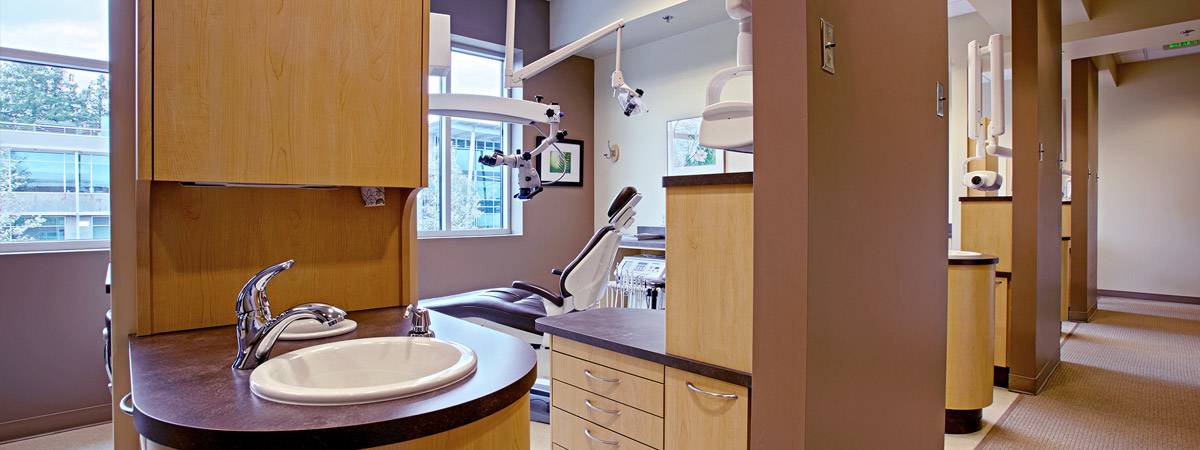Endodontic Retreatment and Surgery
Although Root Canal Treatment is highly successful, occasionally a treated tooth can become re-infected and painful months, or even years, after the initial treatment. Below are some of the causes of re-infection of the tooth:
- New decay around the crown or the permanent filling sealing the tooth, exposing the root canal(s) to bacteria and new infection.
- The crown or filling material breaks causing bacteria to contaminate the root canal system.
- Hidden and hard to negotiate root canals due to complicated anatomy.
- Breakage of the root of the tooth.
Once the cause of the root canal failure is determined, the Endodontist will recommend either a retreatment of the root canal, Endodontic surgery, or extraction of the tooth if the outcome of retreatment or surgery is poor.
ENDODONTIC RETREATMENT
The doctor will open the tooth again and remove the filling material from the inside of the root(s). The space is cleaned and inspected thoroughly under the microscope for extra canals or any root fracture that might have caused the failure. New filling materials are placed inside the roots, completing the retreatment process. This may take one or two appointments to complete. Afterwards, the referring dentist will place a new crown, if necessary, or a new restoration to permanently seal the tooth.
Endodontic Surgery
This is another service we provide when non-surgical root canal treatment alone does not take care of the tooth problem. During surgical procedures, the doctor can detect small fractures on the root and clean out the infection at the end of the root.
Surgery is usually recommended when the tooth becomes diseased following the first root canal treatment. Retreatment may not be possible due to the following reasons:
- Hard-to-find canals, canal blockages, or a large post in the canal
- Presence of bacteria or a cyst at the end of the root and surrounding tissue
 During a surgical procedure, the doctor retracts the gum tissue and cleans out the infection at the end of the root. The root is inspected for the presence of any fracture.
In most cases, the end of the diseased root is removed and a filling is placed to seal the root. A few stitches close the surgical site.
During a surgical procedure, the doctor retracts the gum tissue and cleans out the infection at the end of the root. The root is inspected for the presence of any fracture.
In most cases, the end of the diseased root is removed and a filling is placed to seal the root. A few stitches close the surgical site.
Endodontic surgeries are performed under local anesthesia in less than two hours, depending on the case. Post-surgical discomfort is minimal and most patients return to normal activities the next day.




